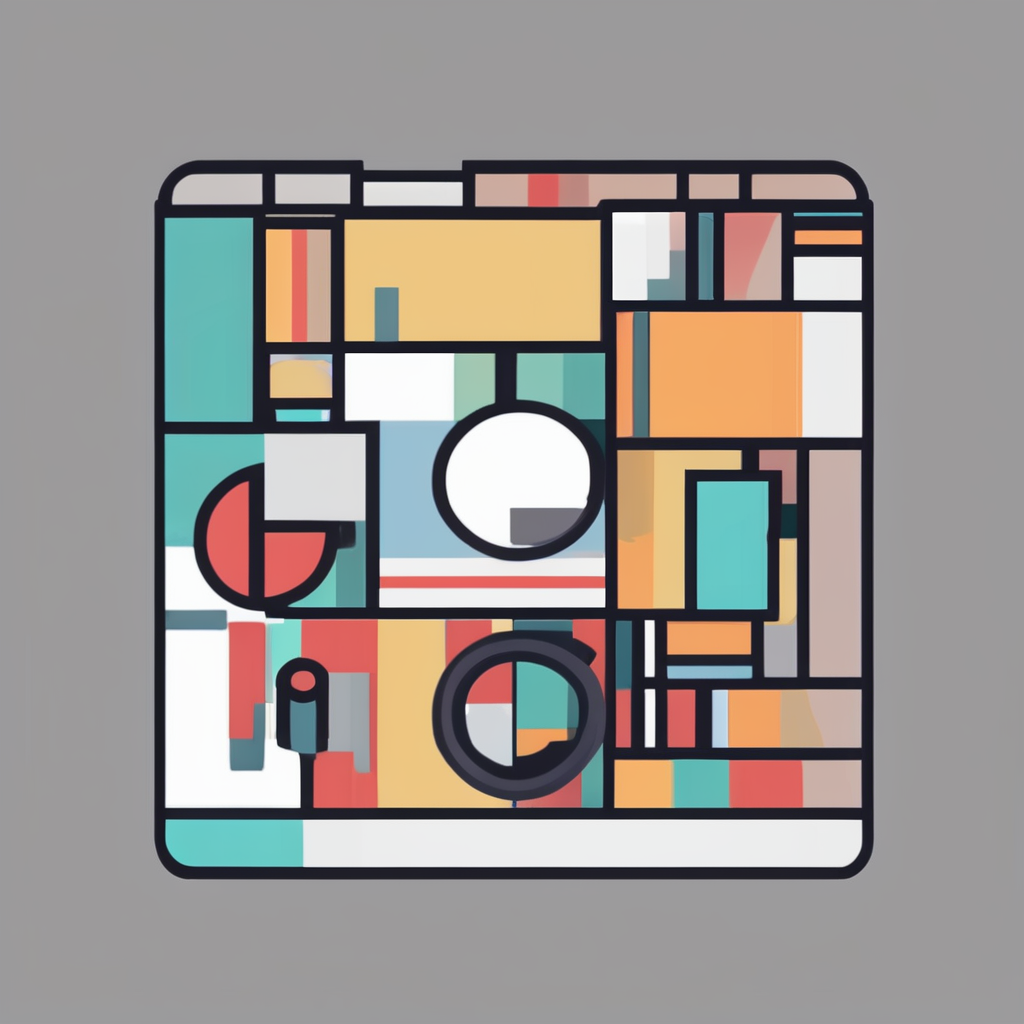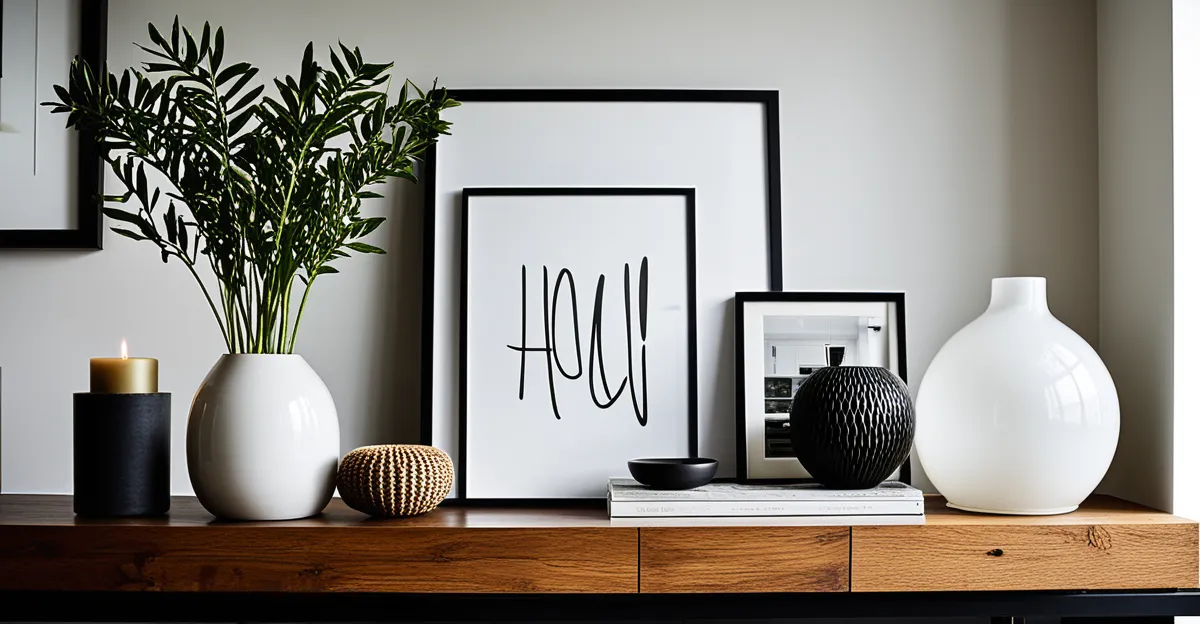Key Factors Linking Home Decor Choices to Well-Being
Exploring how design shapes emotional and mental states
The connection between home decor and mental health is increasingly evident. The emotional impact of home design reaches beyond aesthetics, influencing mood and stress levels daily. Scientific studies and psychological theories explain that carefully chosen environments can lead to reduced anxiety and improved emotional balance.
Also to discover : How Can You Transform Your Home with British Interior Design Trends?
Research shows that a well-organized, visually pleasing home environment creates a sense of control and safety. These feelings contribute to psychological benefits of interior design, such as enhanced relaxation and cognitive clarity. For instance, cluttered spaces often elevate stress, while clean, orderly rooms promote calm.
Home decor shapes routines and daily satisfaction by affecting how comfortable and motivated residents feel. Arrangements that allow easy movement and functional use of space enable smoother daily activities. This encourages positive habits, such as tidying and engaging with the space, which further supports mental well-being.
Also to read : How Can UK Households Reduce Their Energy Costs Efficiently?
Ultimately, understanding the psychological effects encourages intentional choices in color, lighting, and layout. This holistic approach maximizes the emotional impact of home design, fostering a healthier and more enjoyable living environment.
The Role of Color Psychology in Home Decor
Understanding how hues influence emotions and mental health
Color psychology reveals that different wall colors significantly affect mood and overall mental health. Warm tones like reds, oranges, and yellows often stimulate energy and enthusiasm, yet excessive use may increase feelings of anxiety. In contrast, cool tones such as blues and greens promote calmness and relaxation, reducing stress and encouraging restful environments.
Scientific studies support that colors impact brain activity, influencing emotional responses within interior spaces. For example, soft blues can lower heart rate and create tranquility, making them ideal for bedrooms or meditation areas. Meanwhile, yellows are linked to happiness and creativity, suitable for social or work spaces requiring vitality.
Experts recommend selecting color schemes tailored to the room’s function and desired mood. Balanced blends of warm and cool tones can enhance both productivity and relaxation, depending on placement and intensity. Using accent walls or décor items allows controlled effects without overwhelming the senses.
Integrating color psychology into home decor offers tangible benefits. Thoughtful color choices enhance the emotional impact of home design, supporting mental health through natural, subconscious responses to hues in everyday environments.
Impact of Lighting and Natural Elements
Enhancing well-being through light and nature
Lighting profoundly influences home decor and mental health by regulating mood and supporting the body’s circadian rhythm. Natural light exposure helps reduce stress, elevate mood, and improve sleep quality. Scientific studies confirm that rooms with ample daylight increase serotonin levels, promoting emotional balance. Conversely, poor lighting can heighten anxiety and fatigue.
Combining natural light with biophilic design—incorporating plants and natural materials—further amplifies the emotional impact of home design. Indoor greenery connects occupants to nature, which decreases cortisol (stress hormone) and boosts feelings of calm and restoration. Wooden furniture or stone textures add warmth and sensory richness, reinforcing psychological benefits of interior design.
Artificial lighting also plays a critical role. Adjustable, warm-toned lights can mimic sunset hues, aiding relaxation in the evening. Strategically placed lamps improve focus during tasks, enhancing daily satisfaction and productivity.
In practice, integrating abundant natural light with thoughtfully chosen artificial lighting and natural elements creates a nurturing home environment. These design decisions directly shape routines by promoting better sleep, lower stress, and improved energy—key factors linking home decor choices to well-being.
Organisational Strategies: Clutter, Layout, and Space
Practical designs promoting mental clarity and calm
Clutter directly affects the emotional impact of home design, often increasing anxiety by overwhelming the senses and disrupting mental focus. Scientific studies show that clutter triggers stress responses, while neat, orderly spaces provide psychological benefits of interior design by fostering relaxation and control.
A functional home layout reduces cognitive load by enabling effortless movement and clear zones for specific activities. When rooms are purposefully organised, daily routines flow more smoothly, which enhances routine satisfaction and reduces frustration. For example, easy access to commonly used items supports efficient habits, saving time and energy.
Effective decluttering tips include regularly sorting belongings into “keep,” “donate,” and “discard” categories, which simplifies decision-making and reduces accumulation. Incorporating smart storage solutions maximises space without sacrificing comfort or style.
By honing spatial organisation and reducing clutter, individuals can create inviting environments that nurture mental well-being. These strategies underscore how intentional design choices translate into real psychological benefits of interior design, strengthening the connection between home decor and mental health.
Choosing Decor Styles That Support Personal Well-Being
Aligning design with your mental health needs
Selecting a decor style that fosters well-being is crucial in linking home decor and mental health. Styles such as minimalism and hygge emphasize simplicity, warmth, and comfort, which promote calmness and reduce stress. Minimalism’s uncluttered spaces help lower anxiety by creating mental clarity. Hygge encourages cozy, inviting atmospheres that nurture positive emotions and social connection.
Personalized interior design amplifies the emotional impact of home design by reflecting individual preferences and emotional needs. Tailoring spaces with meaningful objects and colors associated with happiness fosters a stronger psychological connection to the home. For example, incorporating cherished mementos or calming textures can boost feelings of safety and joy.
Wellness-centered styles also embrace natural elements and functional layouts that support daily routines and relaxation. Choosing decor that aligns with personal rhythms encourages routines conducive to mental well-being. Thoughtfully combining aesthetic appeal with comfort and utility yields lasting psychological benefits of interior design, making a home a true sanctuary for mind and body.

